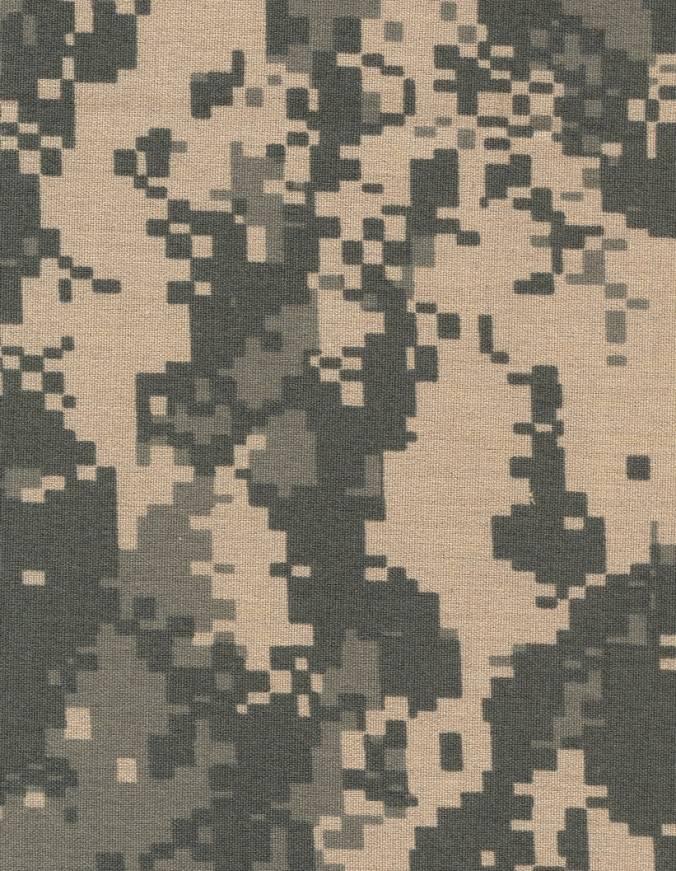The 1948 4-color camouflage pattern was originally designed in 1948 at the Engineer Research and Development Laboratory (ERDL). Subsequently, it was translated to fabric under guidance by the QM Research and Development Command and type classified in 1966 as the US Army 1948 camouflage pattern, also directed toward minimizing sniper scope detection.
In 2002, the Marine Corps developed a new pixelated camouflage pattern for use in utility uniforms.
The Operation Enduring Freedom Camouflage Pattern had been referred to as OCP since it was adopted in 2010 till the U.S. Army announced the release of the new Operational Camouflage Pattern replacing the Universal Camouflage Pattern in 2015.
On February 19, 2010, the Department of Defense formally announced the selection of MultiCam for Soldiers deployed to Afghanistan as part of Operation Enduring Freedom.
To provide a desert uniform with enhanced camouflage, the Army, in October 1990, adopted a new three-color desert camouflage pattern BDU to replace the six-color pattern.

Universal Camouflage Pattern (UCP) was chosen when the Army Combat Uniform was introduced in June 2004.
A 60-percent expansion of the 1948 4-color pattern was adopted for the Woodland pattern in order to extend the range of camouflage effectiveness as far toward 350 meters as possible.